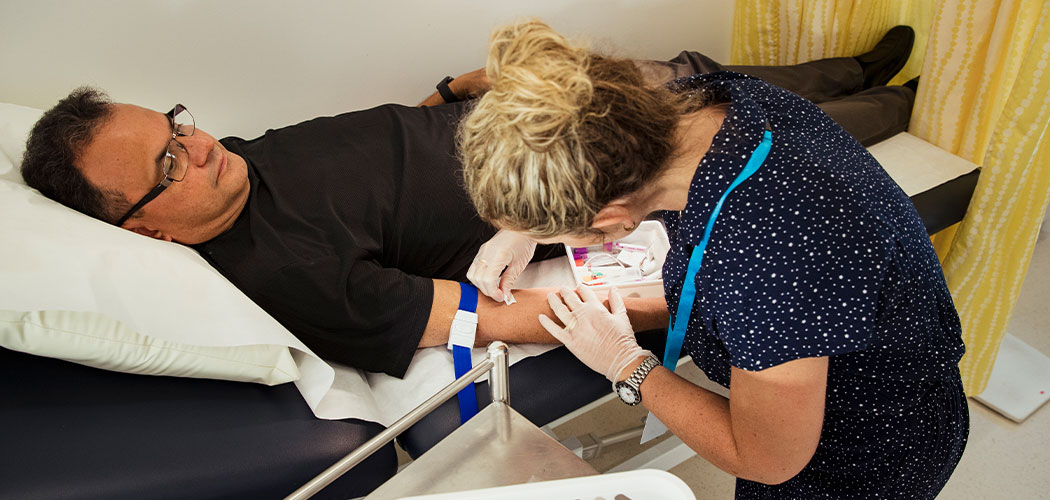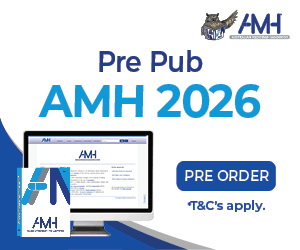Australia’s blood supply and demand exists in a fragile balance, with critical shortages especially of certain blood types, being common.
Australia’s blood supply is reliant on the kindness of strangers to give up their time (and blood). Nurses and midwives would be familiar with giving blood for a wide variety of reasons including but not limited to acute blood loss, severe anaemia, coagulopathy, and haemolytic complications. Plasma, as opposed to ‘whole blood’ which is separated from other blood components including platelets, is often in short supply and high demand.
Recently, with the Therapeutic Goods Administration’s (TGA) approval, the Australian Red Cross’ Lifeblood has changed the gender-based sexual activity rules to mean that from July 14, 2025, most people will be able to donate plasma without a wait period. Additionally, anyone taking PrEP (an antiretroviral drug that prevents HIV) will also be able to donate plasma. There are further plans to change blood and platelet donation rules to remove gender-based sexual activity restrictions – a move that other countries including Canada and Israel were quick to adopt following allowing donation of plasma (albeit with follow-up HIV blood tests and a quarantine period of three to four months).
Australian Red Cross Lifeblood acknowledges that the previous rules contributed to the stigma experienced by gay and bisexual men, and transgender people who have sex with men, who wished to donate blood. Under the current rules (as the changes haven’t come into effect yet), a sexually active man or transgender person who has sex with men – even in a monogamous relationship – could not donate blood for three months (or 12 months following sexual activity with a new partner who lives or previously lived overseas, depending on that country’s HIV risk). The current rules preclude sex workers of any gender and those that have engaged in sexual activity with a sex worker from donating within three months.
For clinicians taking blood, this means not having to ask people questions about their sexual activities based on their gender or sexuality, and for men and transgender people who have sex with men, it means not having to ‘out’ oneself to the clinician when you are having blood taken. All donors will now be asked the same sexual activity questions and most people in a monogamous sexual relationship of six months or more will be able to donate. Here, it is important to note that Australian HIV diagnoses are continuing to trend downwards and HIV can be transmitted via both homosexual and heterosexual contact, but because all blood donated in Australia is rigorously tested regardless of donor, strict and evidence-based guidelines protect the health and safety of all blood product recipients and mitigate the need to ask screening questions now known to be redundant. These new rules could mean that further opportunities can arise for nurses working in blood donation roles to engage in effective and appropriate conversations with donors about sexual health and risk factors and preventive health activities regardless of their gender and sexual identity. In particular noting that a growing number of people engaged in solely heterosexual sexual activities have been diagnosed with HIV and that HIV remains a disproportionate burden for Aboriginal and Torres Strait Islander People.
For Australian Red Cross Lifeblood, the change is expected to attract around 24 000 new donors and add roughly 95 000 plasma donations each year. While those numbers are clearly needed to push up Australia’s delicate blood supply, the primary driver is clinical demand, not simply a newfound commitment for inclusion. Policies alone will not guarantee a surge in donors, as many adult gay and bisexual men and transgender people will still recall decades of exclusion and marginalisation in healthcare contexts despite gradually improving laws around discrimination in many settings. Winning the trust of people who are gender and sexually diverse and creating truly inclusive clinical environments will take more than simply updating eligibility rules. These must be accompanied by public acknowledgement of history, genuine collaboration with gender and sexually diverse communities, and ongoing opportunities for their voices to shape both policies for blood donation and wider health and social care matters.
While the new rules will certainly diversify the donor pool, whether they create a truly inclusive system depends on what comes next. Whether it is listening, partnership, and a visible and genuine respect for those who have only just been invited in, or a tick box exercise to increase donation numbers is yet to be seen.
Authors
Clinton Fildes is a Lecturer in Nursing based in Clinical and Health Sciences, and a member of the Rosemary Bryant AO Research Centre, University of South Australia.
Associate Professor Micah DJ Peters PhD is the Director of the ANMF National Research and Policy Unit (Federal Office) based in the Rosemary Bryant AO Research Centre, Clinical and Health Sciences, University of South Australia.








